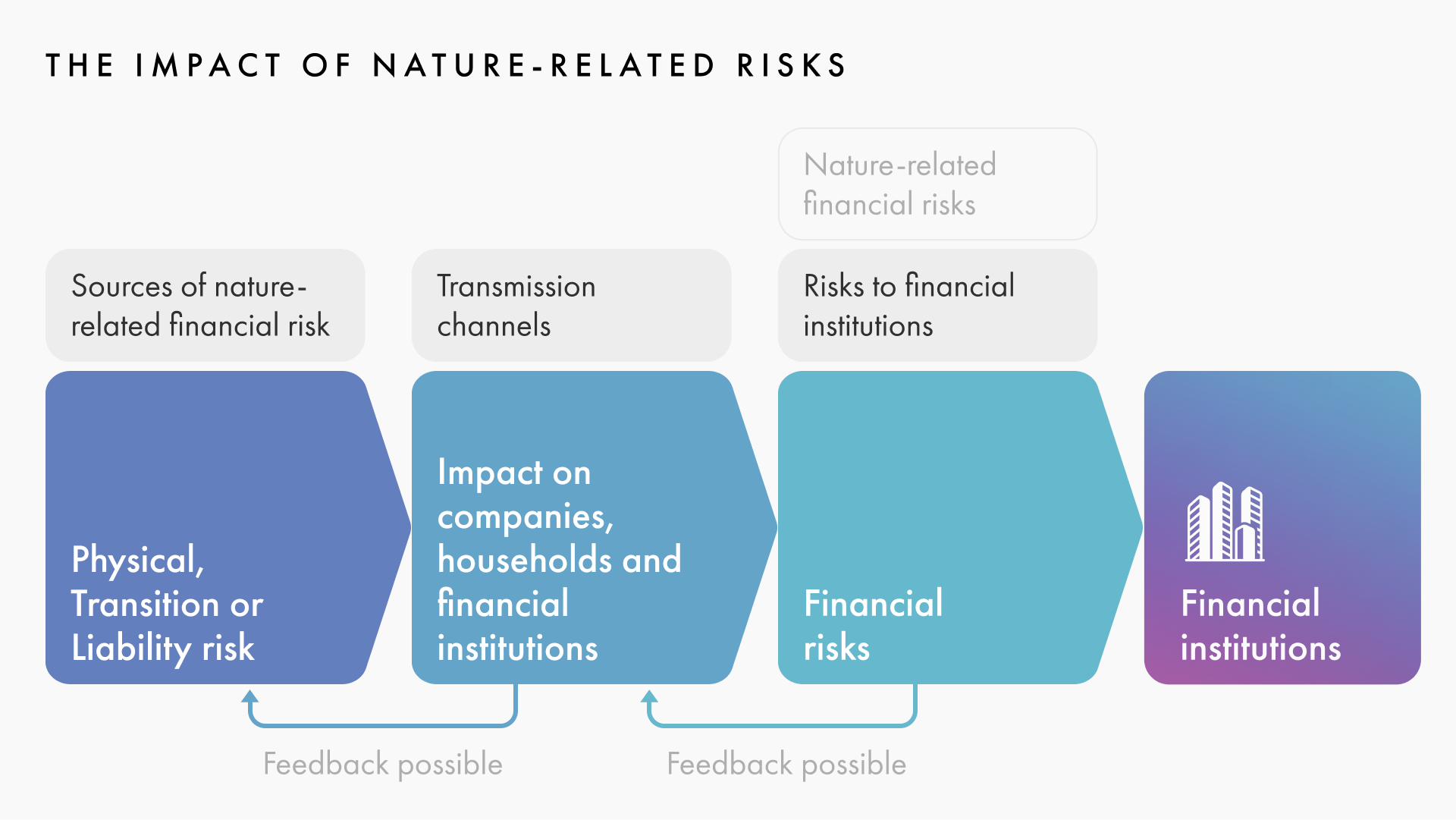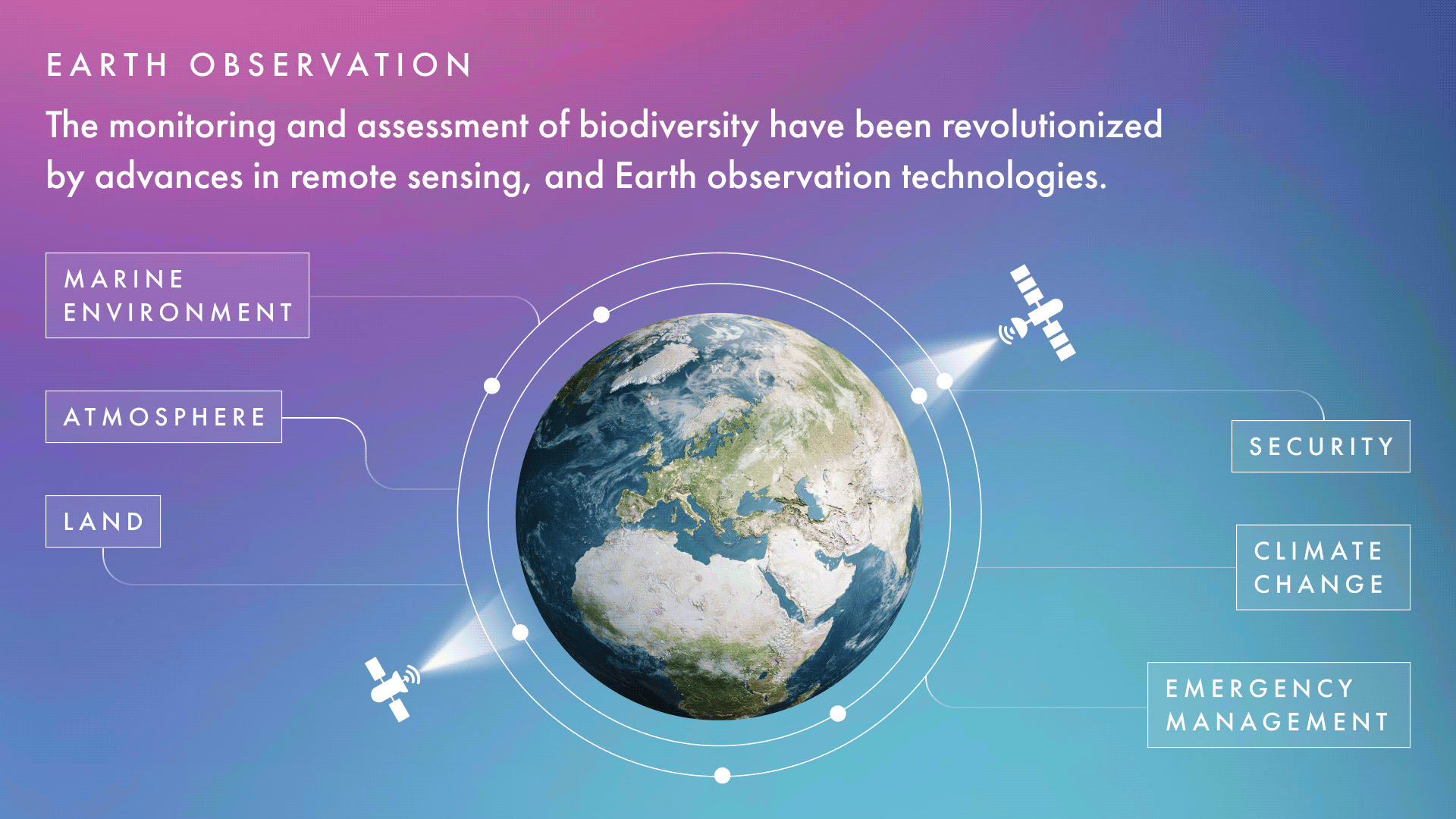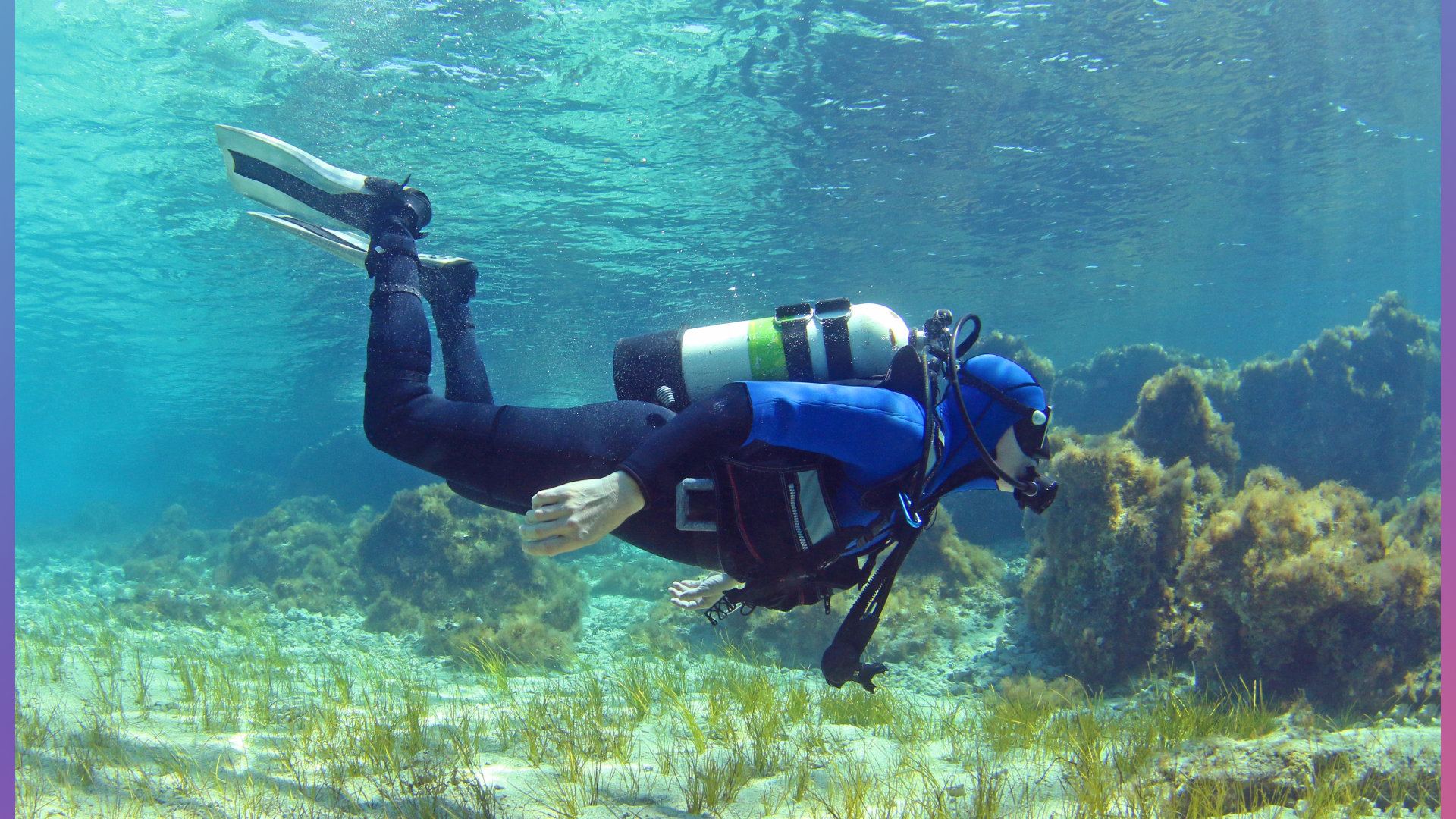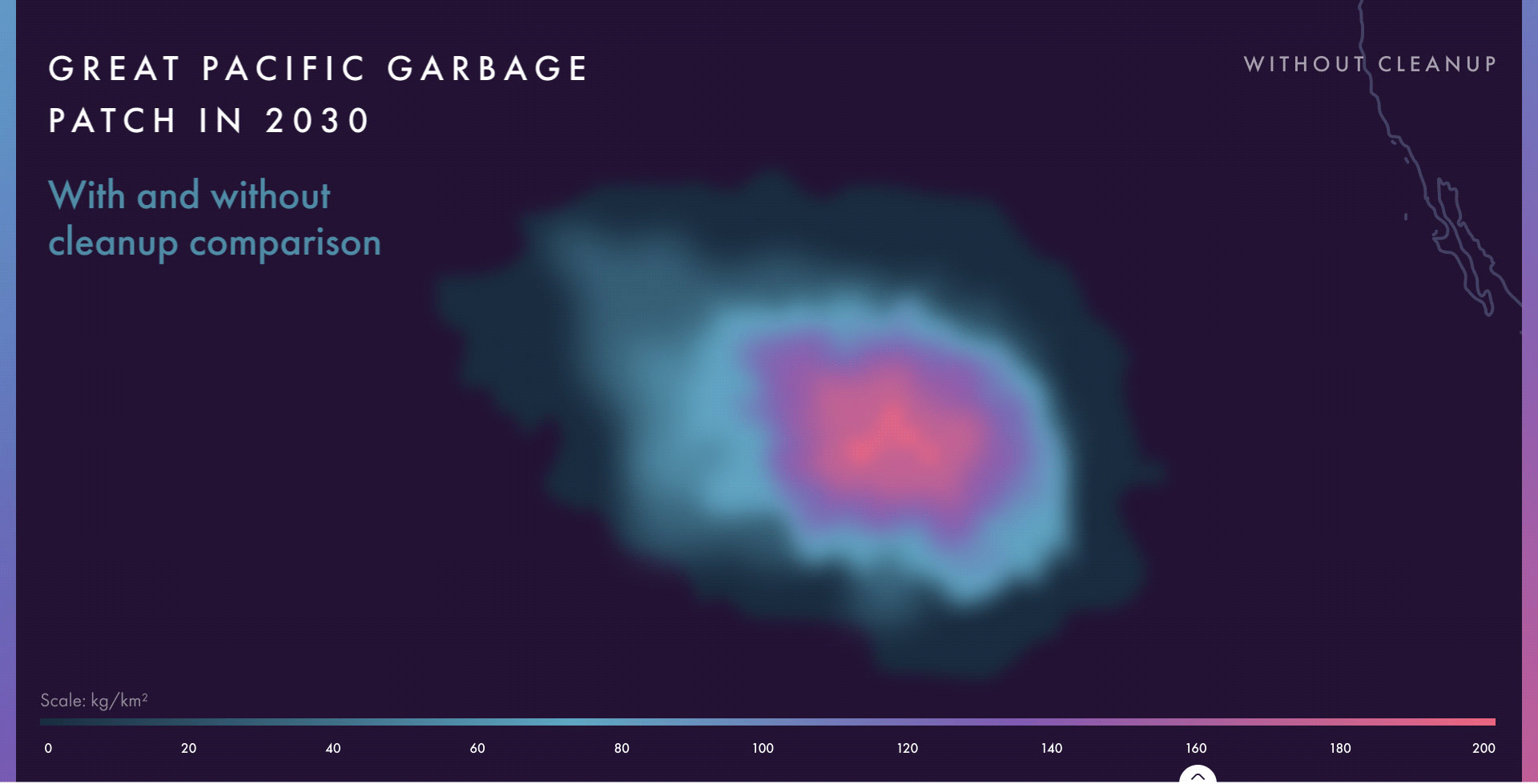Networks Forge a New Era of Biodiversity
The exponential potential of networks is helping to protect the natural world.
“Nature is our life-support system. Yet our development proceeds as though this isn’t the case—as if nature has no value at all,” says Nathalie Seddon, Professor of Biodiversity in the Department of Biology at the University of Oxford.
Environmental sustainability depends not just on reducing carbon emissions and keeping temperatures down, but also on protecting and restoring biodiverse ecosystems.
“It’s becoming very apparent in a warming world that the cost of not protecting our ecosystems is now affecting the bottom line of our economic recovery, and the bottom line of the big corporations,” says Seddon. “The risks of continuing to ignore the biodiversity crisis are enormous.”
Seddon joins a growing number of voices urging us to take better care of the natural world. Research estimates that over $58 trillion of global GDP is exposed to nature-related risks—so businesses should have a strong motivation to invest in nature-positive activities.

Central to success, says Seddon, is technology. As Founding Director of the Nature-based Solutions Initiative, which supports actions that protect, restore and manage ecosystems, she welcomes innovative solutions. “The monitoring and assessment of biodiversity have been revolutionized by advances in remote sensing, and Earth observation technologies in particular,” she says, referring to satellite-based optical, radar, altimeter and atmospheric instruments.
Corporations, in partnership with technology providers, can play a pivotal role in harnessing the exponential power of these next-generation networks. But, says Tony D’Arcy, Head of ESG Enablement and Communications at Nokia, they first need to understand their relationship with biodiversity across their entire value chain.

“Then you can look at the role that technology can play in protecting ecosystems, including [protecting against] the loss of biodiversity,” says D’Arcy. “Digitalization helps you to understand how you use and waste resources. The key to protecting ecosystems is environmental monitoring. You can only improve things when you know what you’re dealing with, which requires data.”

He says 5G can provide the basis for ultra-connected, digitalized monitoring networks, as its low latency enables rapid access to data. “On top of that, you have sensors, IoT, analytical systems, AI and drones,” says D’Arcy. “You can have constant environmental information, up to date and in near-real time. This means you can act quickly and efficiently. It’s a really good example of how the exponential potential of networks can help to protect and restore biodiversity.”
The John Nurminen Foundation, established in 1992 to protect and revitalize the Baltic Sea, has combated pollution since the late 1990s.
“The biggest problem for the Baltic Sea is eutrophication; there are too many nutrients, both phosphorus and nitrogen, running into it,” explains Annamari Arrakoski-Engardt, CEO of the Helsinki-based foundation.
The Baltic Sea receives runoff from nine countries, including some with poor industrial and wastewater treatment processes. The Baltic is non-tidal and has low salinity, and its average depth is only 54 meters, compared to 1.5 km in the Mediterranean and 2.5 km in the Atlantic. These conditions make it susceptible to eutrophication.
Until recently, the Baltic was among the most polluted seas in the world. The John Nurminen Foundation has worked with polluters, such as wastewater treatment plants and agribusiness firms, and been successful in reducing new runoff. It is also working on reducing the sea’s internal load of nutrients, which still lingers from previous years.
“We are now focusing on the recovery of marine biodiversity, and starting to replant seagrass, which is one of the most important plants,” says Arrakoski-Engardt.

Nokia’s partnership with the John Nurminen Foundation is facilitating the replanting of seagrass, and the potential exists for the partnership to implement remote environmental monitoring to track the impact of the newly planted seagrass meadows. The remediation project aims to increase marine biodiversity, which is aligned with the UN’s 30 by 30 target that aims to protect 30% of land and sea area by 2030. The partnership with Nokia will produce data to inform hydrological researchers about changes to the sea, while Nokia has the opportunity to prove the role of digital technologies in better understanding and protecting our oceans.
With advanced eutrophication, the Baltic Sea is the ideal testbed for the technology. But, says Arrakoski-Engardt, “the problem of eutrophication is global.” Eutrophication affects other coastal areas such as Lake Erie in the US and Rio Bay in Brazil, and it is expected to worsen with climate change.
She adds that the foundation’s Baltic Sea projects present a good example of a way for companies to fulfill their ESG ambitions, as the results are clearly measured—aided by huge advancements in technology. “It’s easy to comprehend, and clearly improves biodiversity. It’s important for ocean life as well as humans,” she says.
Water scarcity is another major issue that technology can help mitigate. Nokia has worked on combating water loss in Australia, where more than 1 million sensors and IoT devices have been deployed to form an extensive network.
“Monitoring means you can recognize a leak as soon as it happens, and then quickly stop that loss,” says D’Arcy. “When you digitalize everything on a big scale, you save a huge amount of resources. When you save water, you’re saving a resource that is good for biodiversity as well as people.”
Network technology is being widely deployed in decarbonization efforts, from maintenance and control of offshore wind turbines to managing smart grids. Nokia’s network solutions are even being used to coordinate ships clearing plastic from the Great Pacific Garbage Patch, so as not to adversely impact marine life.

“5G provides the enabling platform for other advanced technologies and communications,” explains D’Arcy. “Once you have that, you put IoT, AI and edge computing on top to monitor the situation and inform future action. The immediacy of 5G means that these things become exponentially more usable and interconnected.”
For Seddon, collaboration is key. “We need holistic, joined-up approaches to the challenges; you can’t tackle climate change without addressing biodiversity loss and vice versa,” she says.
Governments, as well as commercial enterprises and NGOs, need to be involved in affording nature the value it deserves—which will reap benefits for us all.
